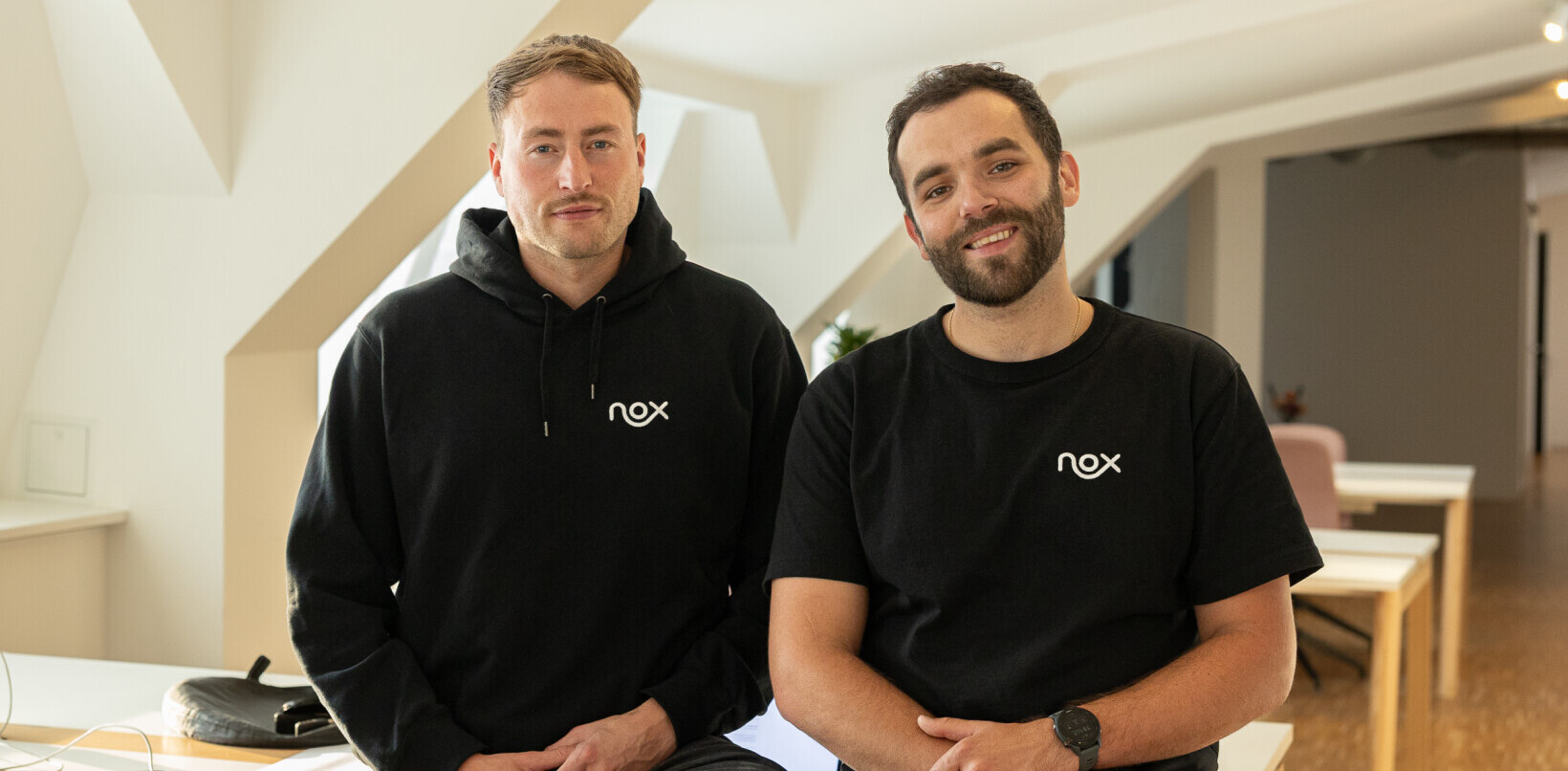
Some capture attention and excite interest. Others fade from memory quicker than you can say ‘pre-seed.’ I’m talking about pitch decks. Every day, startups blow their shot at investor meetings and ideas go ignored because founders fail to nail their deck.
As an investor backing early-stage startups, I’ve seen the highs and lows of startup pitching. If you’re trying to secure angel, pre-seed, or seed funding, here are the three things you need to remember when creating your deck.
1. Looks matter
You can’t separate business from brand and looks do matter for your pitch deck.
Investors want to see polished slides that establish your professionalism and demonstrate your care. I always advise startups to think about their deck design in the way they would think about their outfit for an interview or business meeting. They should recognize the role it plays in shaping someone’s impression of you and give it both proper time and thought.
However, that’s not to say you should rush out to hire an external design agency or download a flashy template online. It’s important that the look of your deck authentically represents your startup and your own tone of voice and style.
A strong deck design will also match the overall feel of the sector you work within — you wouldn’t design a deck for a children’s clothing company in the same way you would for a deep-tech startup. Make sure it represents the brand and culture you’re telling us you can build.
2. Tell me a story
One of the most powerful ways of capturing an investor’s attention is by telling us a story. Emotion sells and a compelling story will stick in the mind longer than reams of dry text.
What was the eureka moment that caused you to start your own business? Will your product solve a problem that’s recently been highlighted in the news? Is there something in your personal history that led you to work in this area?
Investors are analytical but we need to emotionally connect in some way with your pitch.
It’s important that your deck is also short and to the point. Overloading a deck is one of the quickest ways to make an investor switch off and implies a lack of confidence in the arguments you’re making.
Keep your copy clear and sharp and remember that the goal is for an investor to remember at least one thing from each of your slides.
If you don’t know whether you’ve achieved that, share your deck with friends and ask them to tell you what they remember after reading it. If it isn’t much, or they focus on the wrong things, you still have work to do.
3. Customization is key
Customization is crucial when it comes to writing and sending out pitch decks. It’s tailoring the content to each potential investor that will make your deck stand out from the crowd.
However, customization is more than just changing a few names on your intro slide. Not only should your deck address your investor directly, but it should also acknowledge and engage with their interests and ethos.
Are you an environmental startup and does the investor have a history of tech for good investments? Include that in your deck. Does a VC firm have a mission statement that reflects your own? Comment on that. Are you addressing the fitness sector and your investor is a keen marathon runner? You’d be foolish not to mention it.
Pitching is like dating — it’s about trying to establish a relationship. And, just like dating, trying to use the same opening line with different people won’t get you very far. Investors want to see that you’re specifically interested in their fund and that, together, you can create a winning partnership.
Customizing each pitch deck takes time but its impact cannot be underestimated. It’s the connections and parallels you draw that will stick in an investor’s mind and show that you’re sharp, dedicated, and willing to go the extra mile — all qualities investors look for when it comes to writing a cheque.
Pitch deck red flags
As well as tailoring your deck, making it look good and telling a story, there are a few glaring errors you must avoid at all costs. It seems incredibly obvious but the number of decks I’ve seen with percentages that don’t add up, calculations that are wrong, and where typos abound is beyond belief.
It’s an instant, permanent turn-off: if a startup can’t handle the basics, no investor will trust them to handle their money.
I’ve also seen many companies try and mislead investors and this duplicity leaves a sour taste. We do check pitch decks and if you include customers that don’t exist or team members that have already left, then we will find out.
The same goes for investors who haven’t agreed to back you or apparent ‘advisors’ who don’t know anything about your business. Investors will sniff this stuff out.
A no can lead to a yes
Securing investment is difficult but it is possible, and a strong pitch deck is central to achieving it. Investors aren’t your enemy — we’re looking to support fantastic, new companies and brave, innovative founders.
A great pitch deck is in both of our interests, so make sure you pay attention to what works and show us what we want to see.
Lastly, even if your pitch isn’t right for that particular investor, if it’s good quality and avoids red flags, they are much more likely to pass it on to their network.
VCs swim in a small pool and regularly swap tips and forward contacts; make a good impression and it could lead to a game-changing introduction.
Get the TNW newsletter
Get the most important tech news in your inbox each week.





